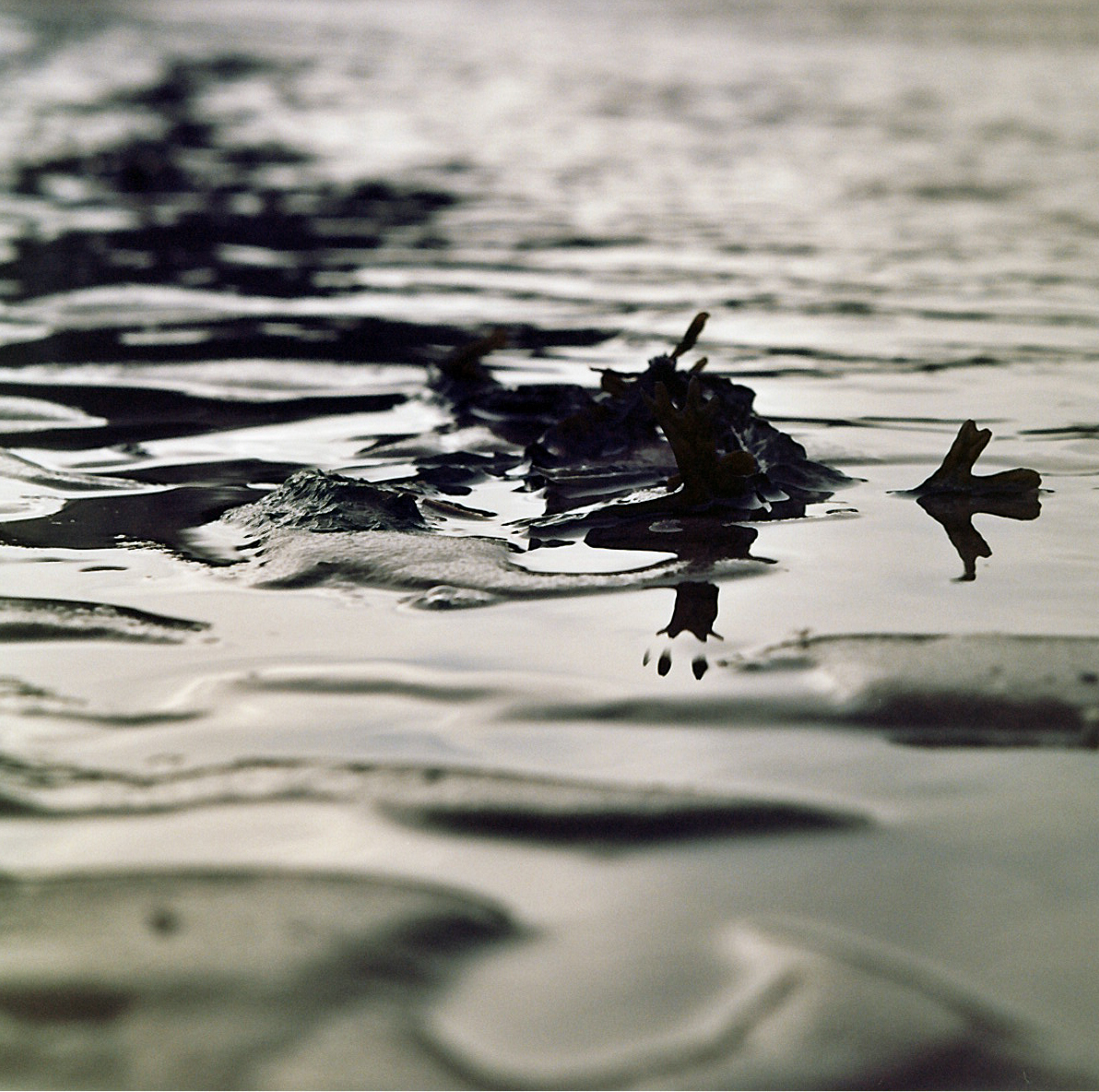http://www.museumwales.ac.uk/en/cardiff
I took the train up to Cardiff yesterday to visit the Art Galleries at the National Museum. I have been in desperate need of inspiration. My projects haven't been going very well. I have been feeling a lack of enthusiasm and motivation. This has happened before during the first year of the foundation degree. But as this is my third and final year, my despondency has been getting me down quite a lot, and depression had begun to set in. My confidence has been waning and my interest in anything, practically non existent.
However I am hoping very much that I have taken a step towards a recovery, and that I can push myself to focus on my work.
My concept for the Photographic Project is a connection to the land of my ancestral home here in Wales. So far, my picture making just hasn't been working. It has been too controlled, and with little imagination.
I specifically wanted to view the Impressionists at the Gallery yesterday. Not for any particular reason other than I do love the works of Cezanne, Monet, Pissarro, Renoir and Van Gough. I discovered a female Impressionist whom I had not heard of before. Her name was Berthe Morisot.
"http://www.museumwales.ac.uk/en/shop/?id=441
Woman and Child in a Meadow at Bougival
http://www.museumwales.ac.uk/en/shop/?id=435
La Parisienne (Blue Lady) Renoir
Vincent Van Gough Rain Auvers 1890
"Wheat fields under angry skies, and I deliberately tried to express sadness and extreme loneliness in them" quote from Vincent Van Gough
All of these are paintings that I could survey for hours. I looked closely at the brushstrokes for the first time, noticing how depth of feeling can be gained from the light and dark shades of the brush and the hard and soft strokes applied. The colours are delightful and a joy to behold. Even though Van Gough painted Rain Auvers not long before his death, and he states that he wanted to convey his depth of depression and sadness, I still find a quiet stillness in the colours and they do not make me feel sad or lonely or depressed. It is only the black crows in the middle of the painting that to me convey that sense of foreboding. To my eyes, the rain makes me feel alive. If I could use my imagination and creativity like this when I am feeling sad and lonely I would be very happy indeed! But maybe it was the fact that I have been feeling a little depressed that Van Gough's painting touched me in a positive way.
But back to the purpose of my trip to Cardiff. Inspiration. Everything I saw was an inspiration to me. All art makes me feel privileged and in awe of the skills and genius of the artists. But it was one artist in particular who inspired me most yesterday. That was the work of Mary Lloyd Jones.
Website http://www.marylloydjones.co.uk/
She writes that "My aim is that my work should reflect my identity, my relationship with the land, an awareness of history, and the treasure of our literary and oral traditions. I search for devices that will enable me to create multilayered works.This has led to my involvement with the beginnings of language, early man made marks and the Ogham and Bardic Alphabets."
This was the very sentiment that I have been searching for. My connection with the land of Wales is to do with the culture, language and the history of my own ancestors through many centuries. Ancestors who have lived on the land, worked with the land and intervened on the land.
It is a beginning but if I can work on my Visual Journal and find my identity within these parameters, then I might just find the imagination to portray them photographically. There is time. I have already researched some historical background of Wales, and I have several objects that I could use to convey my thoughts and ideas.
The language is an important factor, as is my sense of belonging to the land. The Castle at Llansteffan that I see every morning from my window when I wake up, has some significance that I am yet to fathom. But it is part of the past. It is part of me. It stands for something because when I look upon it, I feel something, I see the lives that once lived there, I hear the music of its walls and the spectacle of it is every changing, with each day and each change in the weather.
Whether this makes sense or not, I don't know. But I can use it to find what I am looking for. I feel more motivated. I feel more alive. I feel now that maybe, just maybe, I have a line of thought.
http://www.marylloydjones.co.uk/gallery/2.html
Special Places
The variety of the landscape is a continual surprise.








